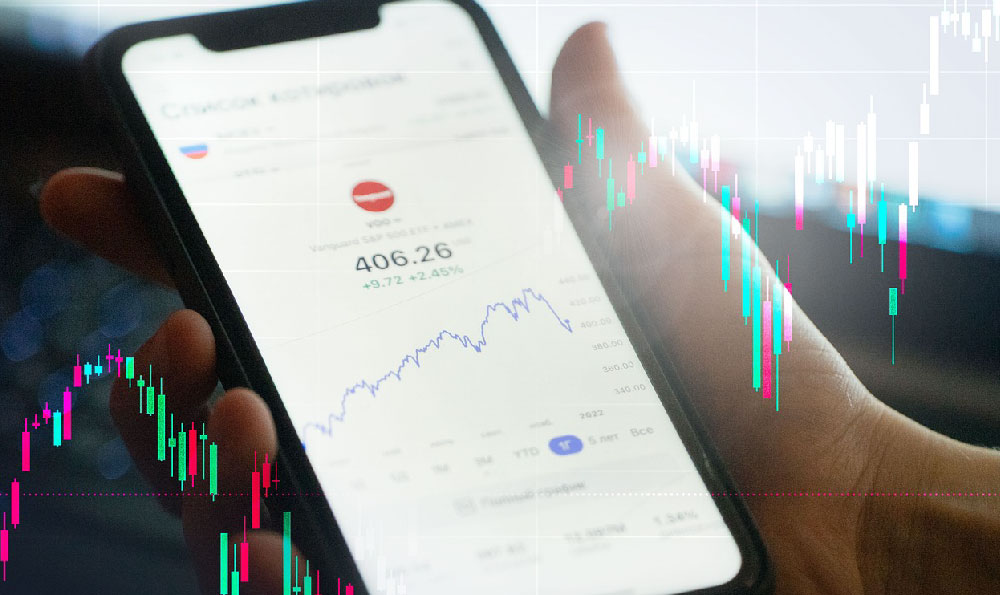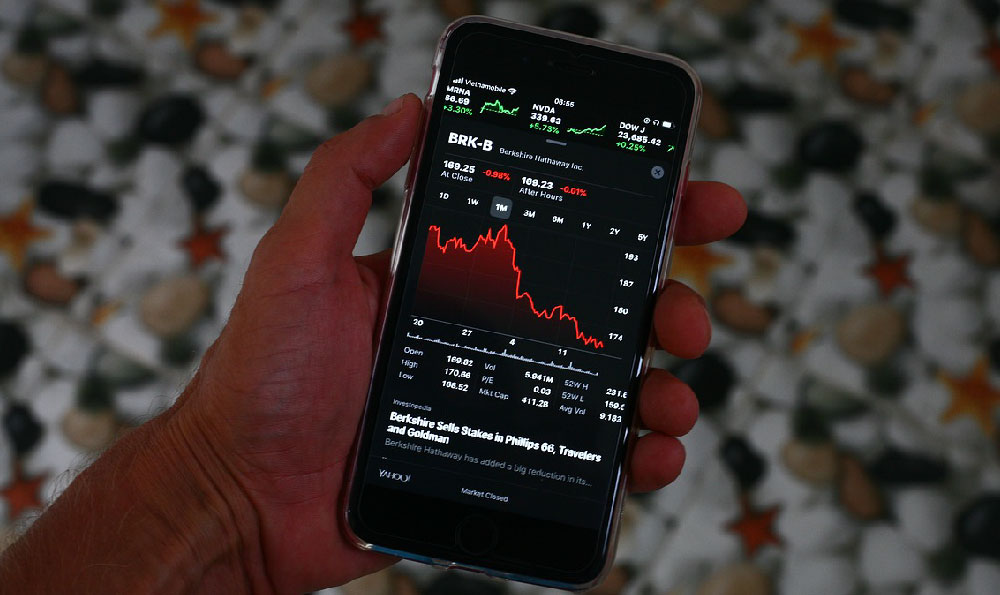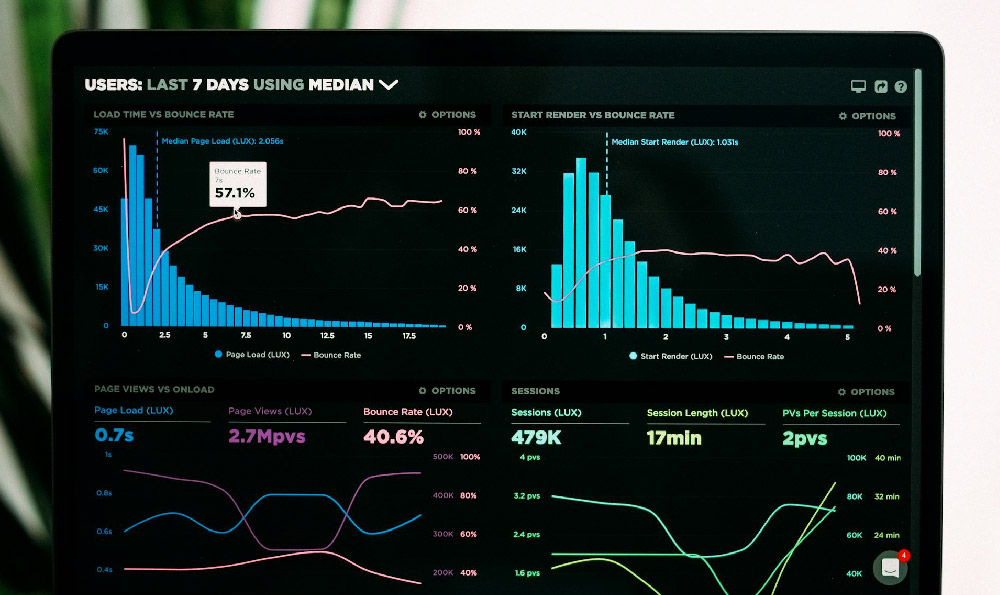Let's delve into the fascinating world of Fetch Rewards and uncover the mechanisms behind its revenue generation and profit models. Understanding these intricacies is crucial for grasping the platform's sustainability and long-term viability. Fetch Rewards, at its core, is a consumer loyalty and rewards platform that allows users to earn points by simply scanning their receipts. These points can then be redeemed for gift cards to a wide array of retailers. But how does this seemingly simple exchange translate into a revenue stream for the company?
The primary revenue driver for Fetch Rewards lies in the data it collects and subsequently monetizes. Every receipt scanned provides a treasure trove of information about consumer purchasing behavior. This data, when aggregated and anonymized, becomes incredibly valuable to consumer packaged goods (CPG) companies, retailers, and market research firms. These entities are constantly seeking insights into what consumers are buying, where they are buying it, and how their purchasing habits are evolving.
Fetch Rewards provides this intelligence through several avenues. Firstly, it sells aggregated sales data. CPG companies, for example, might be interested in understanding the market share of their product compared to competitors within a specific demographic or geographic region. Fetch Rewards can provide this granular data, allowing these companies to make informed decisions about product development, marketing campaigns, and distribution strategies. Retailers, similarly, can utilize this data to optimize their shelf placement, understand the effectiveness of promotions, and identify emerging trends in consumer preferences. Market research firms use this data to paint a broader picture of the consumer landscape, identify market opportunities, and validate hypotheses about consumer behavior. The key here is the scale and breadth of the data. With millions of users scanning receipts from a wide range of retailers, Fetch Rewards possesses a remarkably comprehensive view of consumer spending.

Secondly, Fetch Rewards generates revenue through targeted advertising and promotional campaigns. The platform’s user base is segmented based on their purchasing behavior, demographics, and location. This allows Fetch Rewards to offer highly targeted advertising opportunities to its partners. For instance, a CPG company launching a new product can target specific users who are likely to be interested in that product based on their past purchase history. These targeted ads can take various forms, including banner ads within the app, sponsored offers that award bonus points for purchasing specific products, or even personalized product recommendations. The effectiveness of this targeted advertising is significantly higher than traditional advertising methods, as it reaches users who have already demonstrated an interest in similar products. This leads to higher click-through rates and conversion rates for advertisers, justifying the premium they pay for these targeted campaigns.
Furthermore, Fetch Rewards partners with brands to offer personalized rewards and promotions. Instead of solely focusing on generic points redemption, Fetch Rewards collaborates with brands to create exclusive offers and incentives that are tailored to individual user preferences. For example, a user who frequently purchases a specific brand of coffee might receive a personalized offer for a discount on their next purchase. This not only drives sales for the brand but also enhances the user's experience with the app, making them more likely to continue using it. These personalized offers are often funded directly by the brand, creating a direct revenue stream for Fetch Rewards. The platform essentially acts as a sophisticated marketing channel, connecting brands with their target consumers in a highly effective and personalized manner.
Another, often overlooked, profit model involves negotiated discounts and rebates from retailers and CPG companies. Due to the significant volume of purchases tracked through the platform, Fetch Rewards can negotiate favorable terms with its partners. In exchange for driving sales and providing valuable data insights, Fetch Rewards receives discounts or rebates on the gift cards it purchases for user rewards. This margin, while potentially small on an individual transaction basis, adds up to a substantial profit over time due to the sheer volume of redemptions processed through the platform. This leverage comes from the data advantage; Fetch knows what works in driving incremental sales for a brand.
Finally, it is important to consider the "breakage" aspect of the rewards program. Breakage refers to the percentage of points that are never redeemed by users. While Fetch Rewards encourages users to redeem their points, a certain percentage will inevitably be lost or forgotten. These unredeemed points represent pure profit for the company, as they have already been accounted for as a cost but never actually result in a payout. While ethical considerations are paramount, breakage remains a contributing factor to the overall profitability of loyalty programs like Fetch Rewards. The company can strategically manage this by implementing expiration dates for points or offering incentives for redemption, thereby influencing the breakage rate to optimize both profitability and user engagement.
In conclusion, Fetch Rewards' revenue generation strategy is multifaceted, relying on a combination of data monetization, targeted advertising, personalized promotions, negotiated discounts, and breakage. The company's ability to collect, analyze, and leverage vast amounts of consumer data is its key competitive advantage, allowing it to provide valuable insights to its partners while simultaneously offering a compelling rewards program to its users. This diversified approach to revenue generation positions Fetch Rewards for sustained growth and profitability in the competitive landscape of consumer loyalty platforms. The success hinges on maintaining user engagement, protecting user data privacy, and continuously innovating its offerings to stay ahead of evolving consumer trends and technological advancements.












